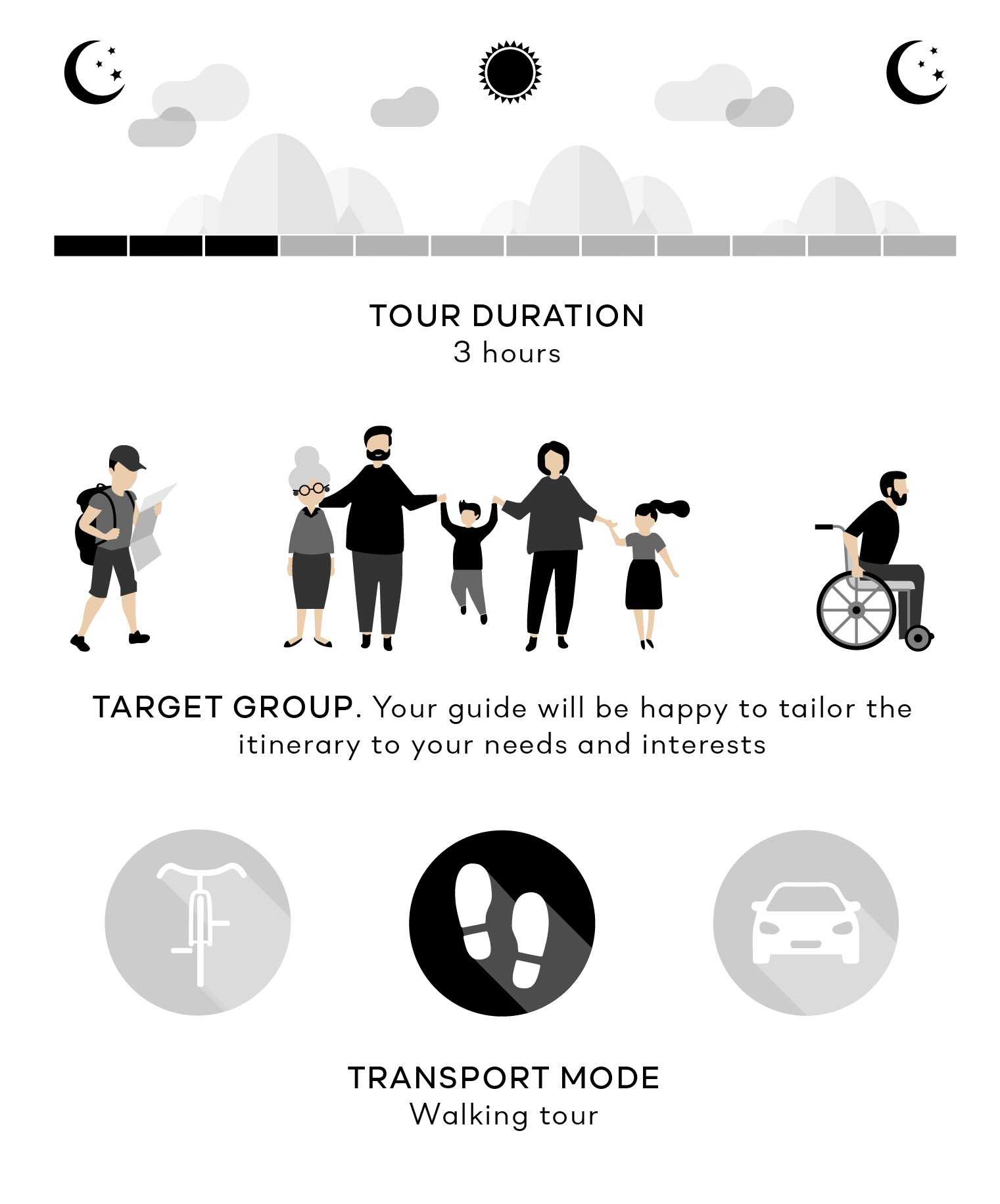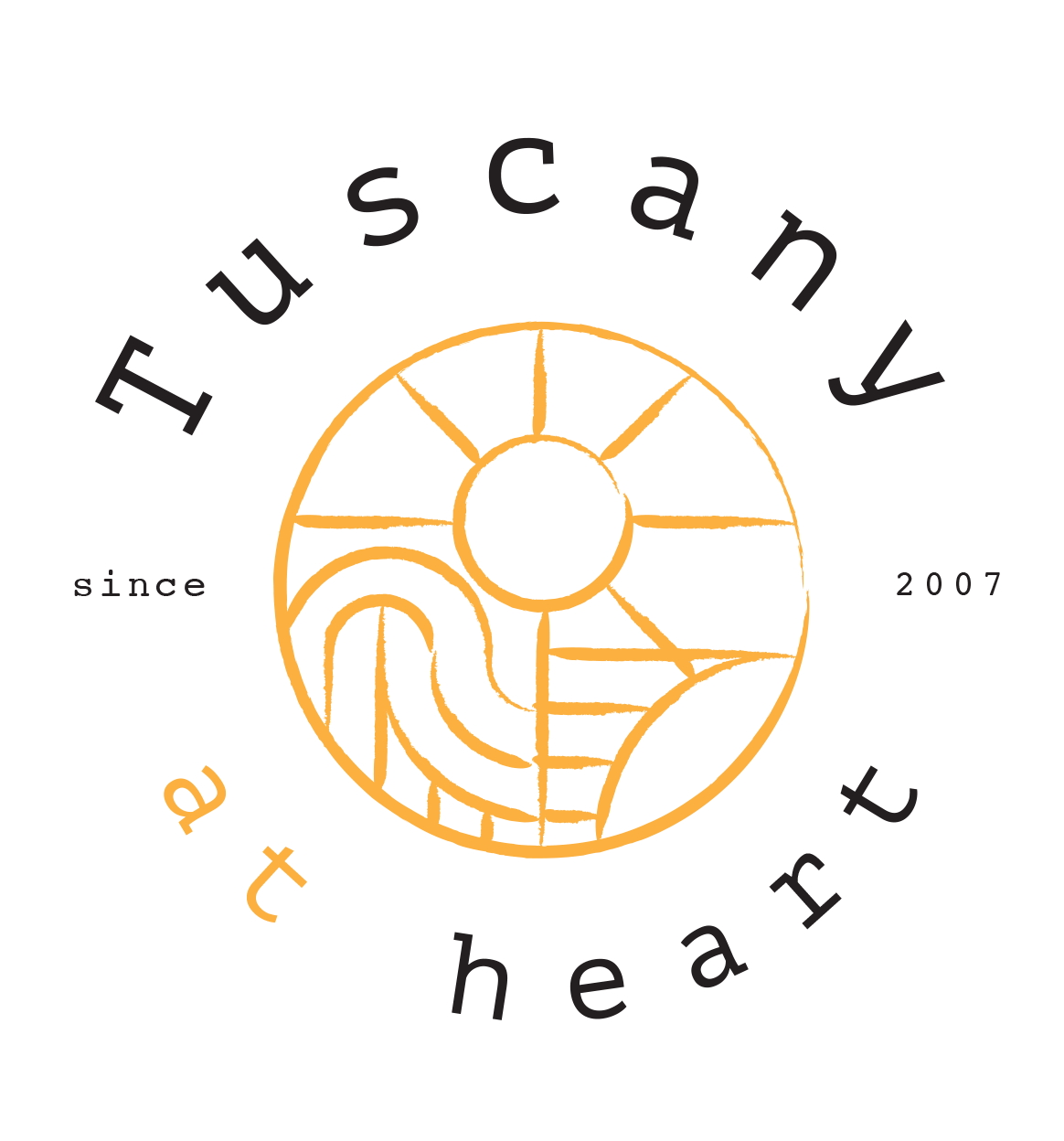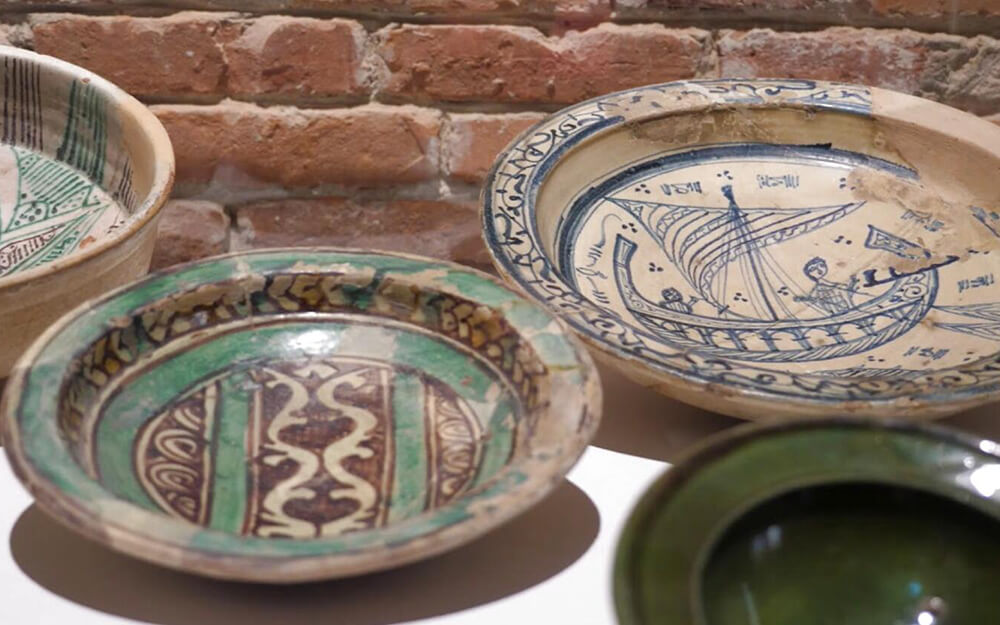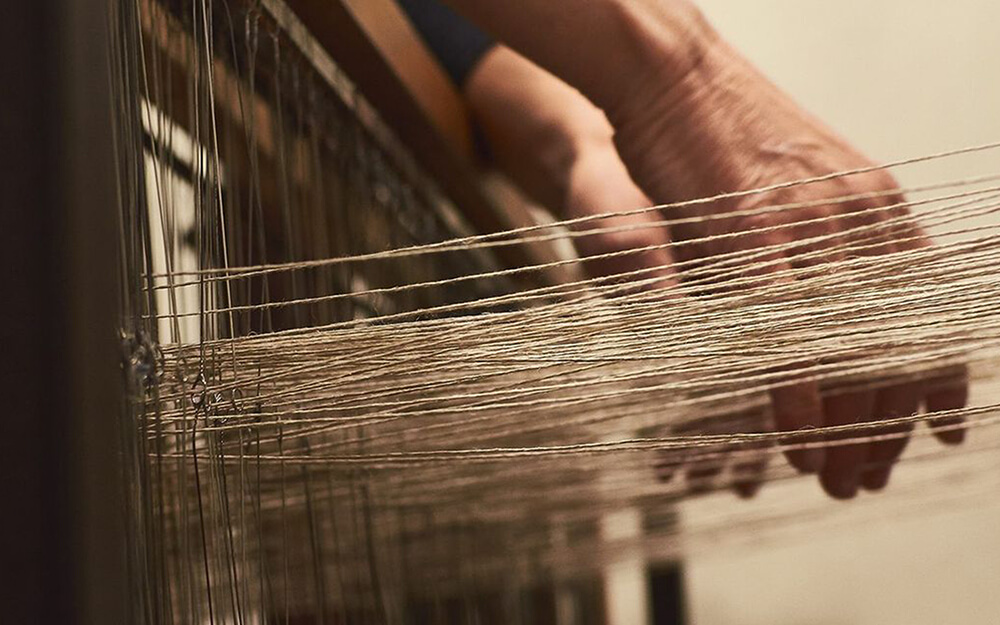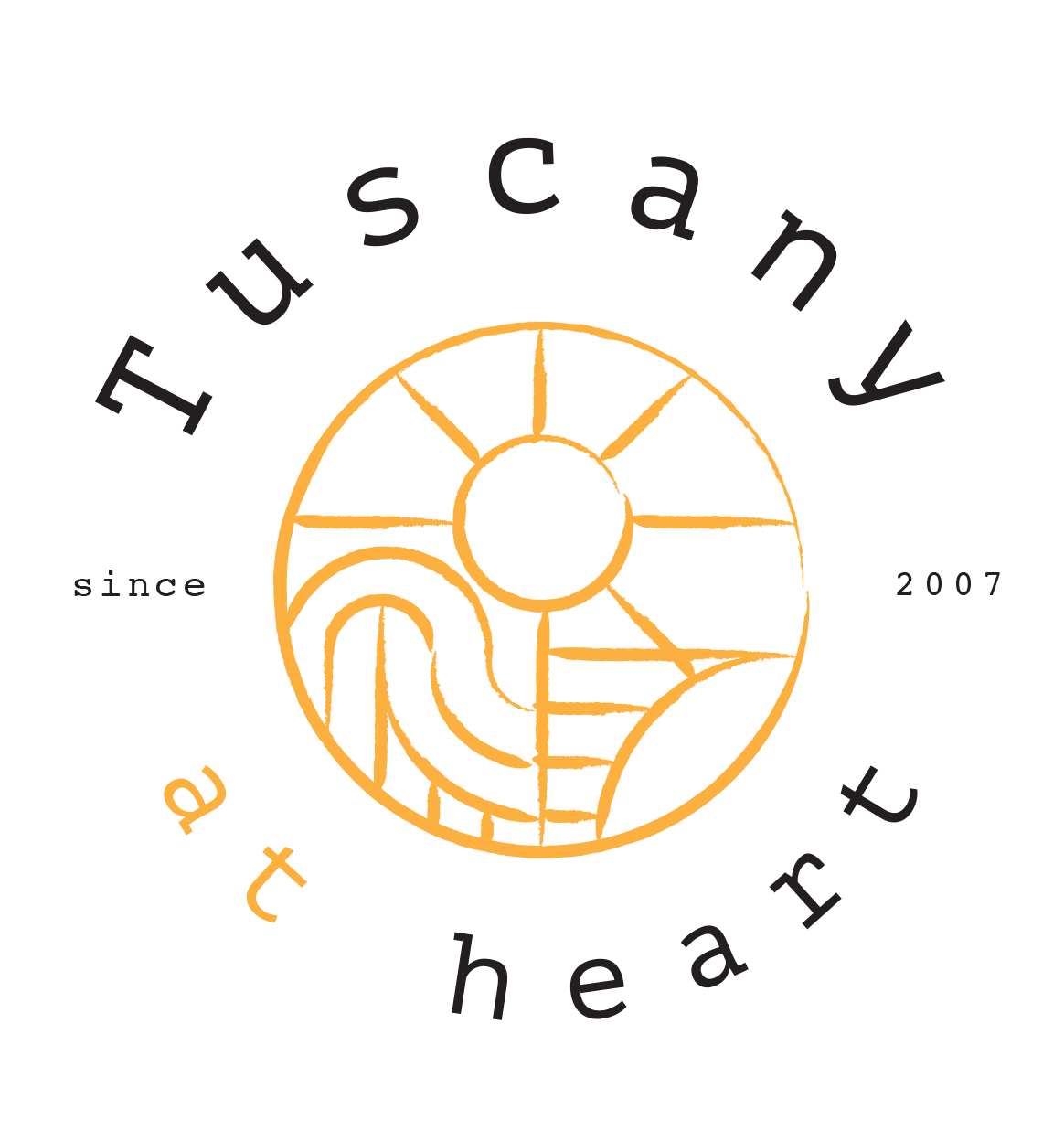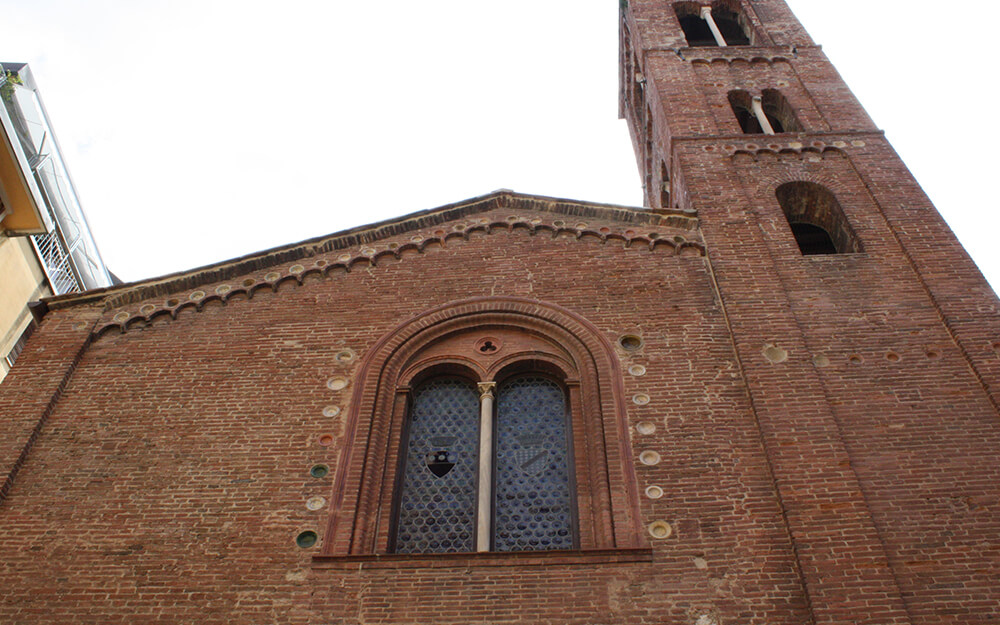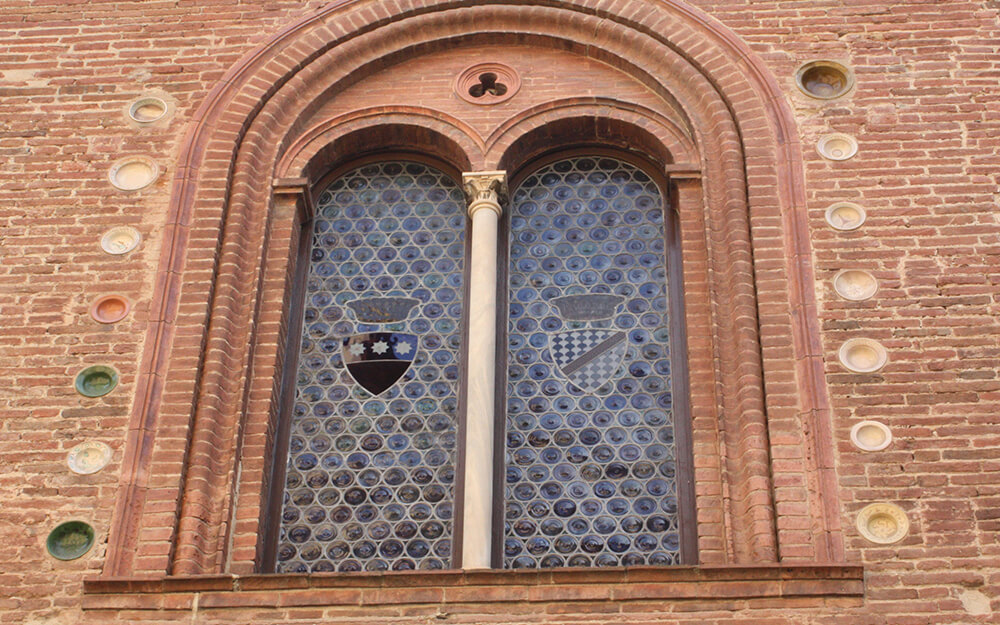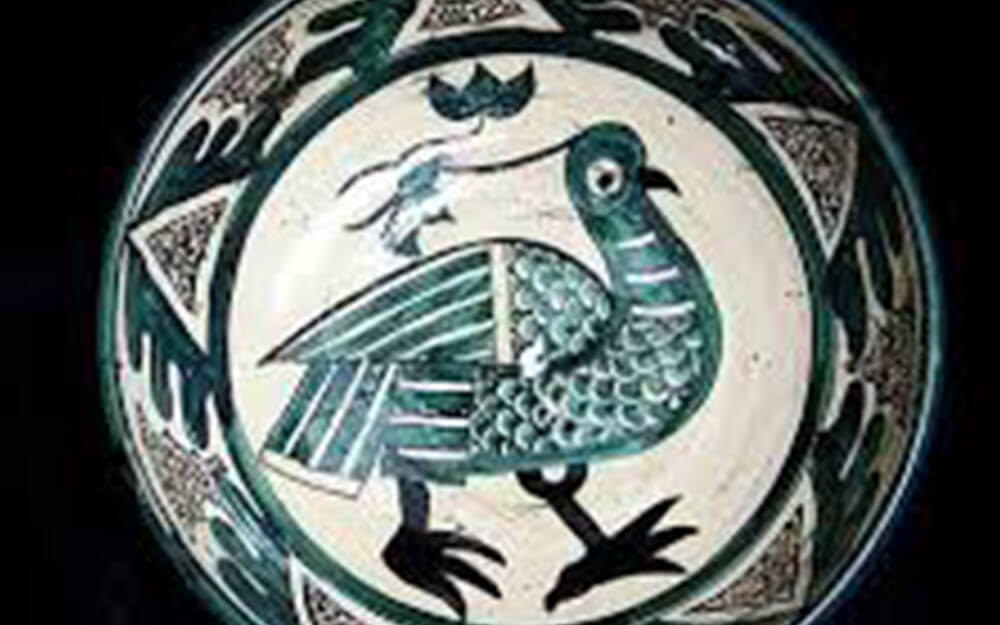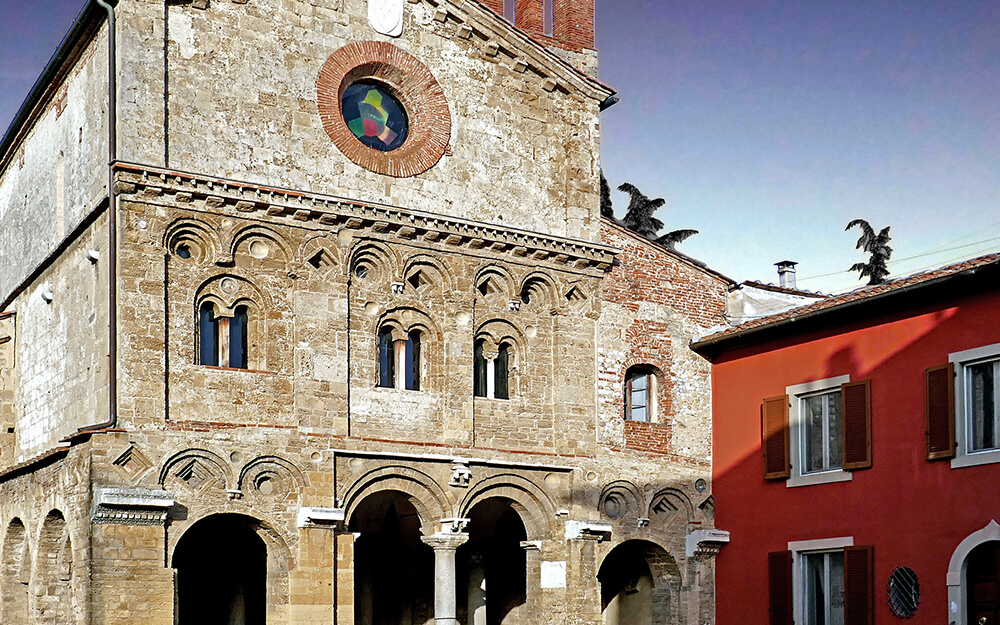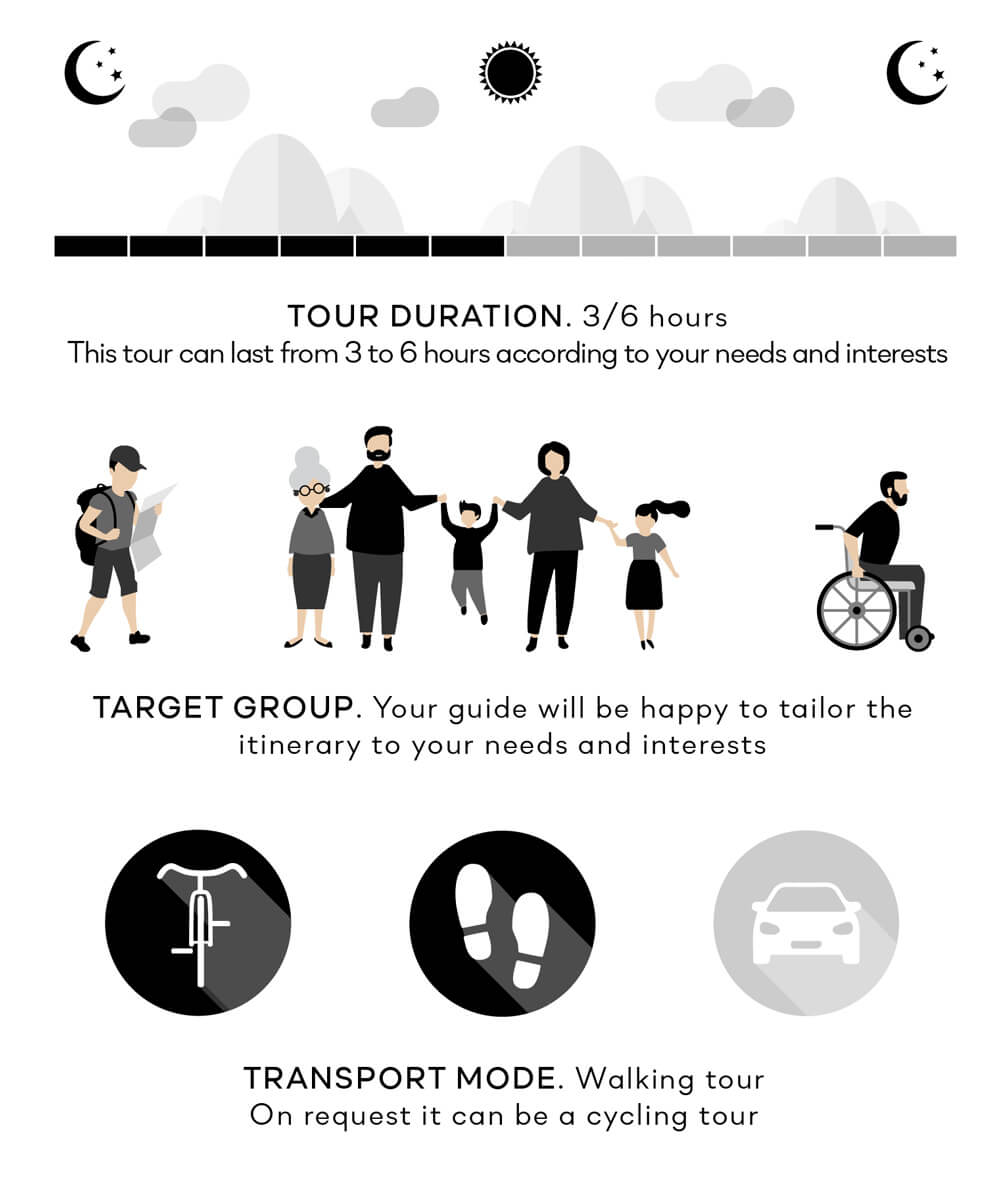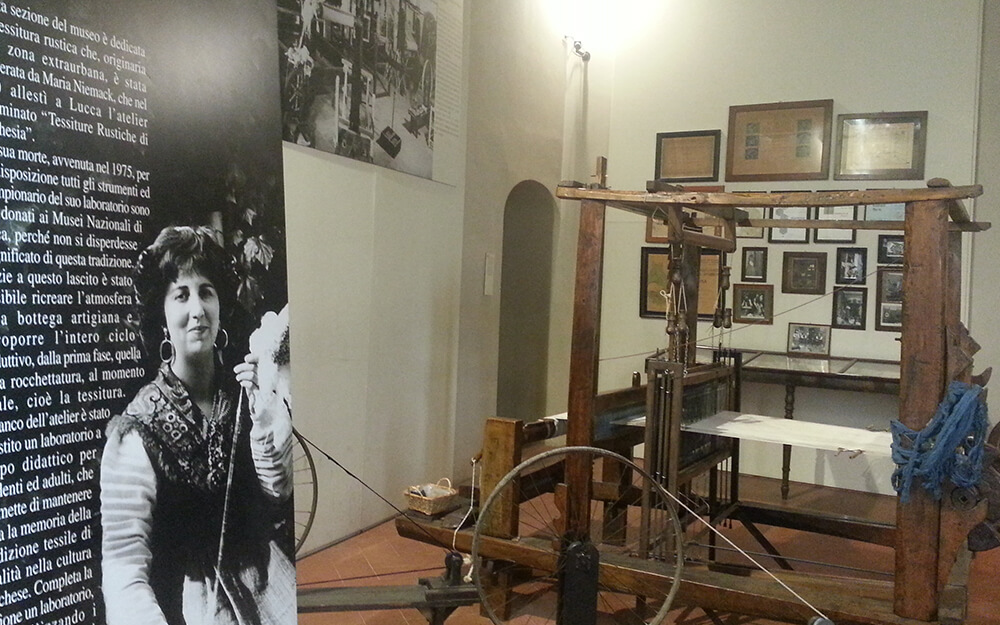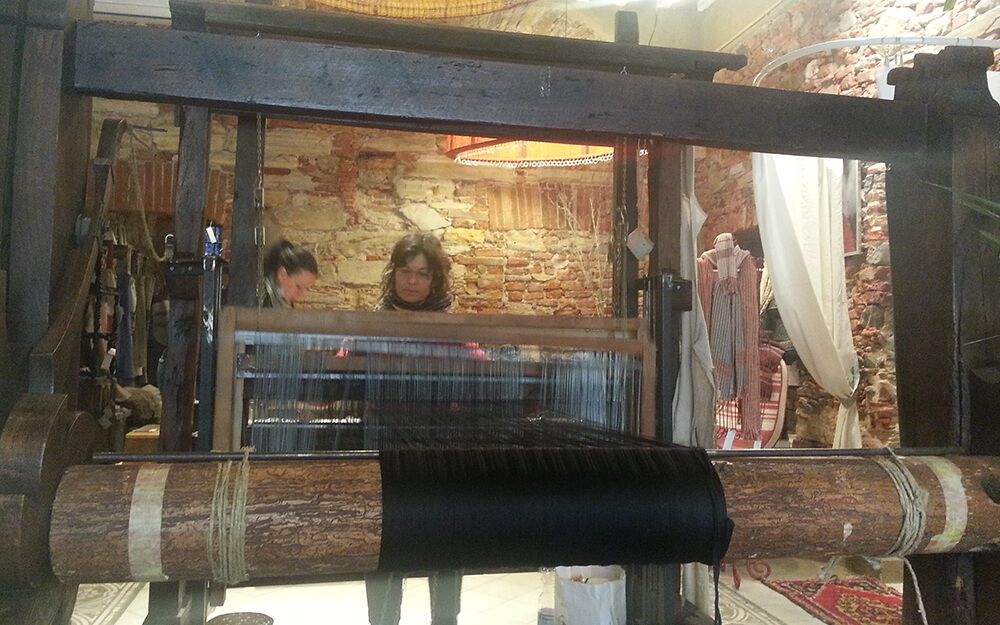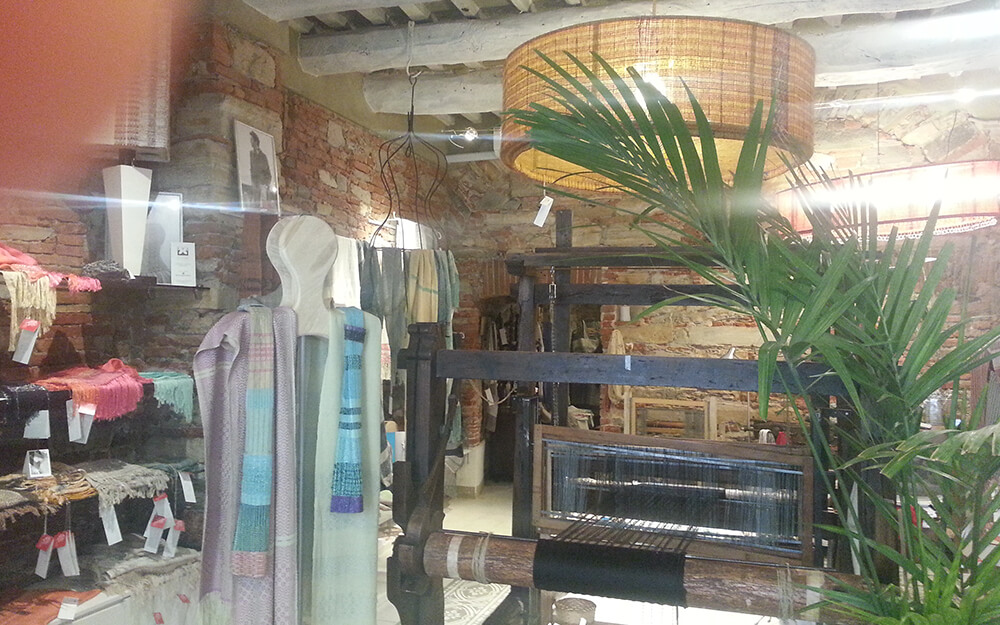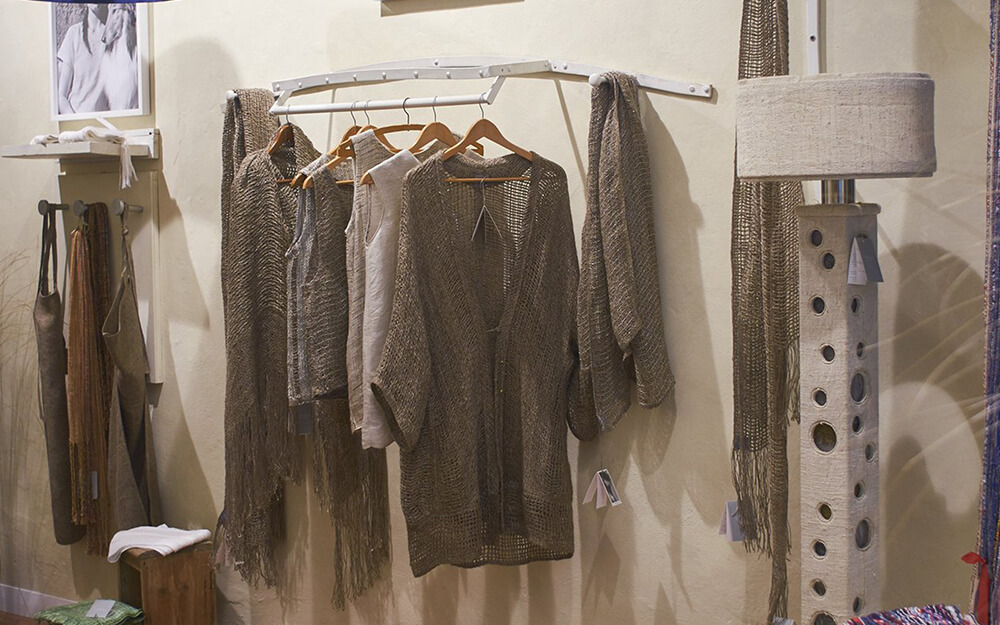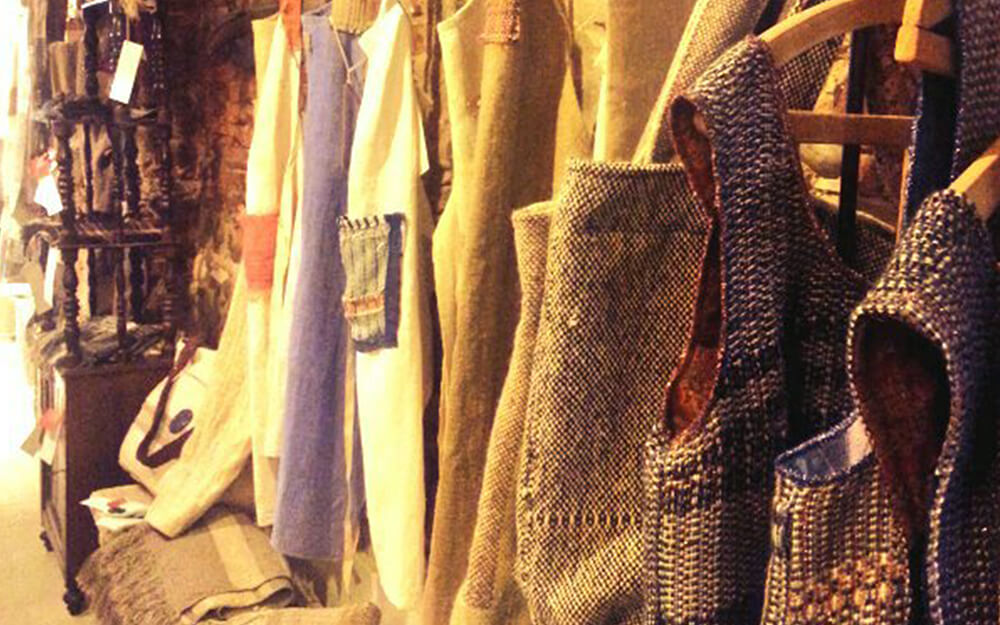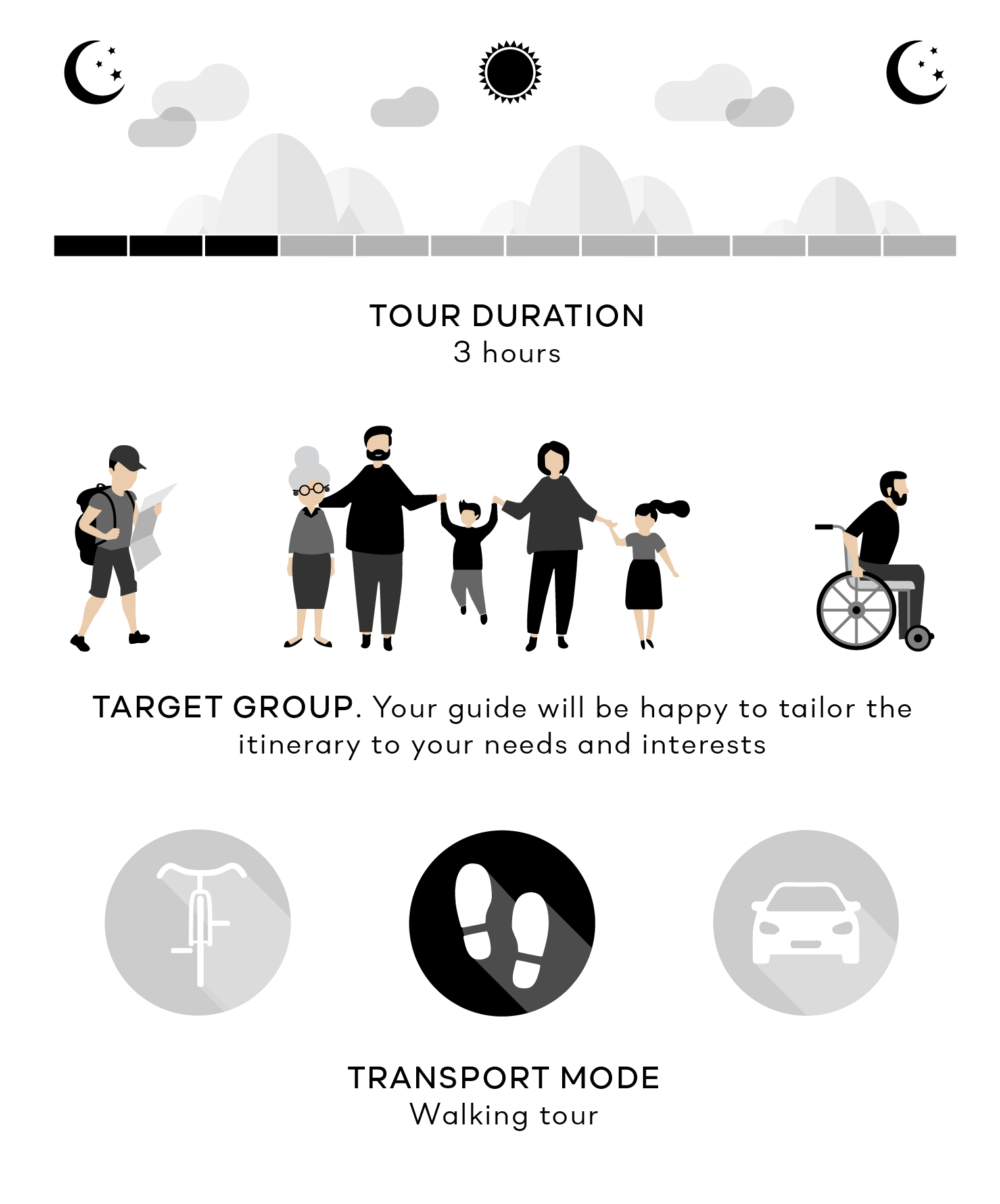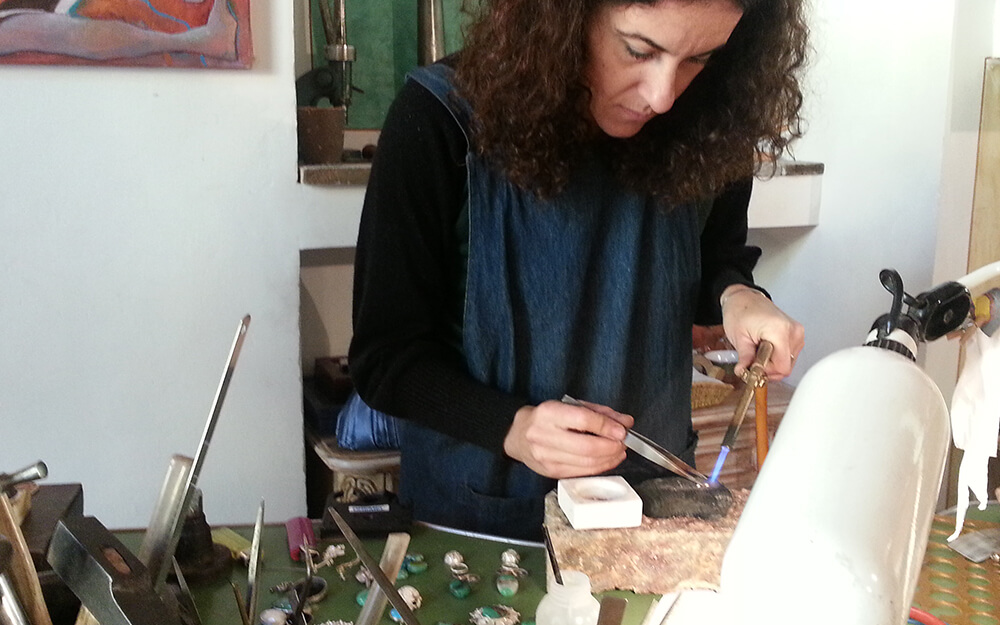
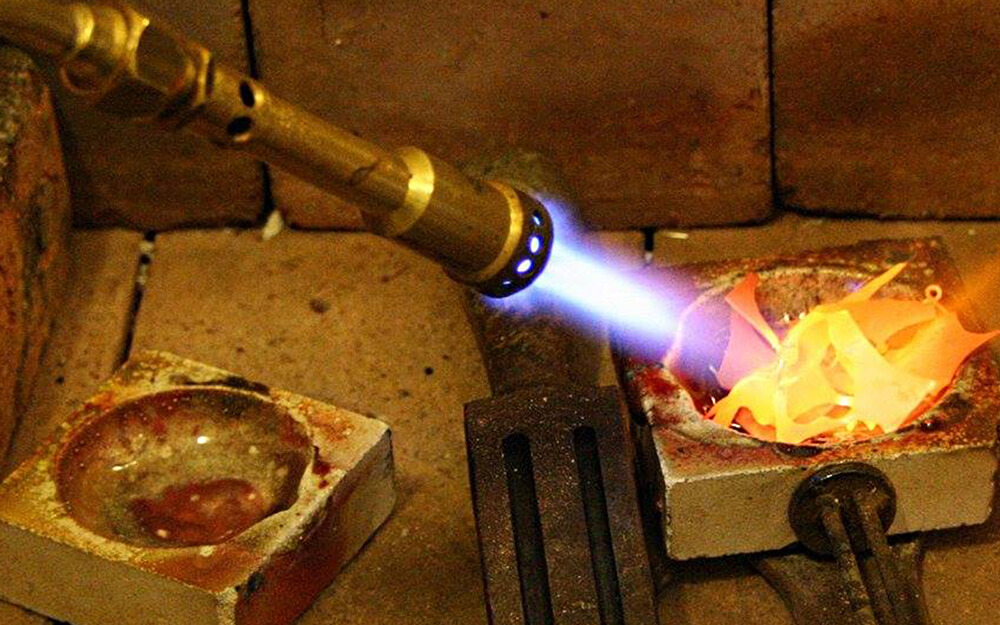
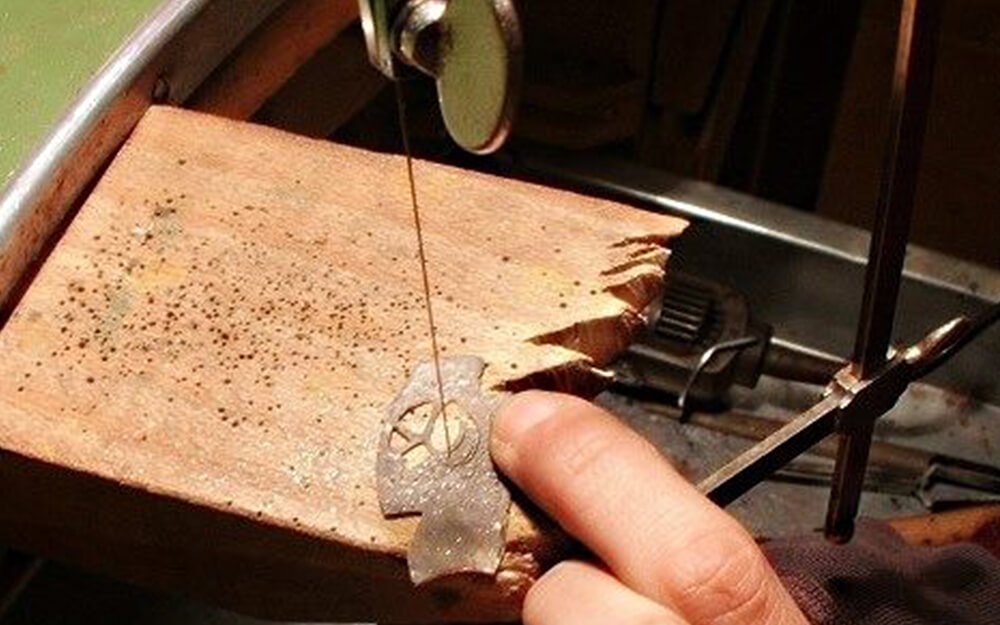
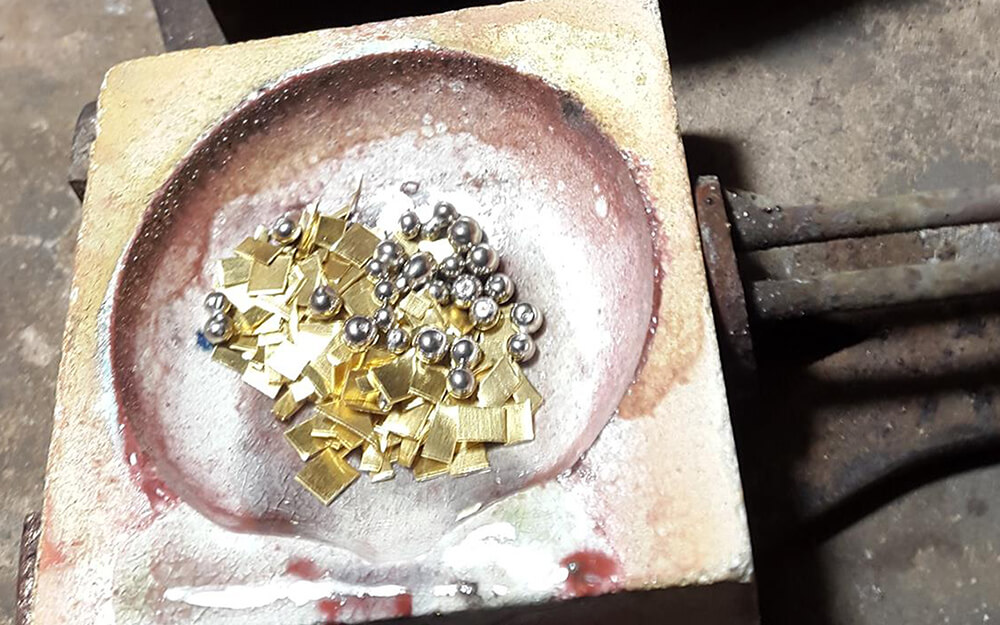
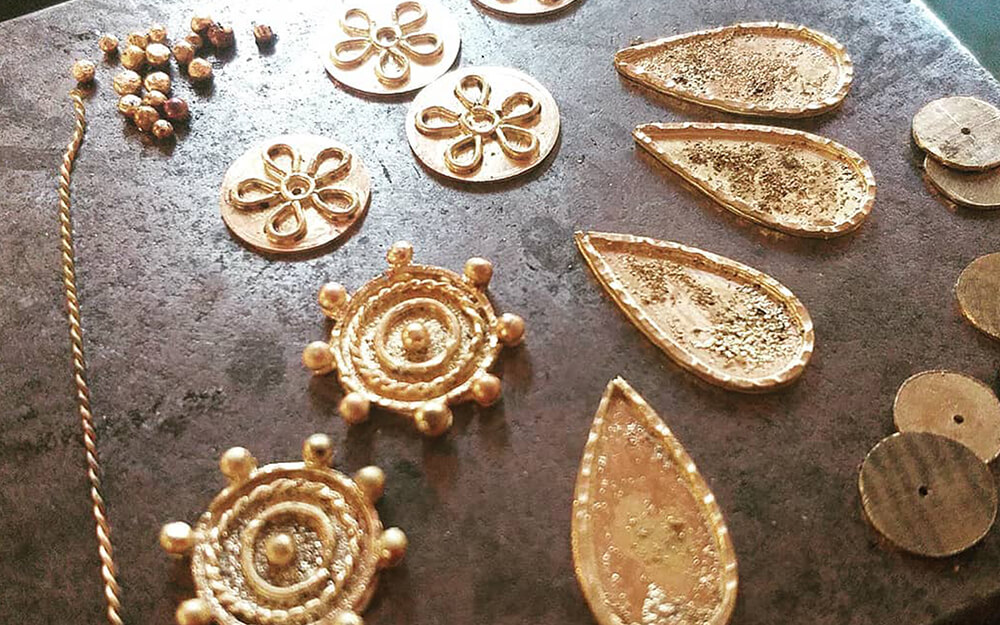
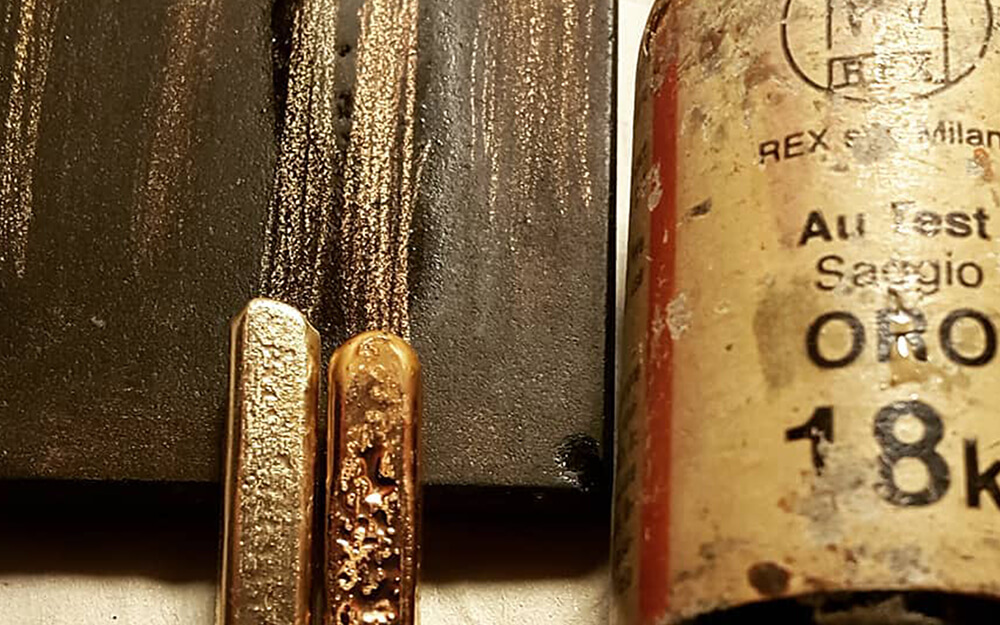
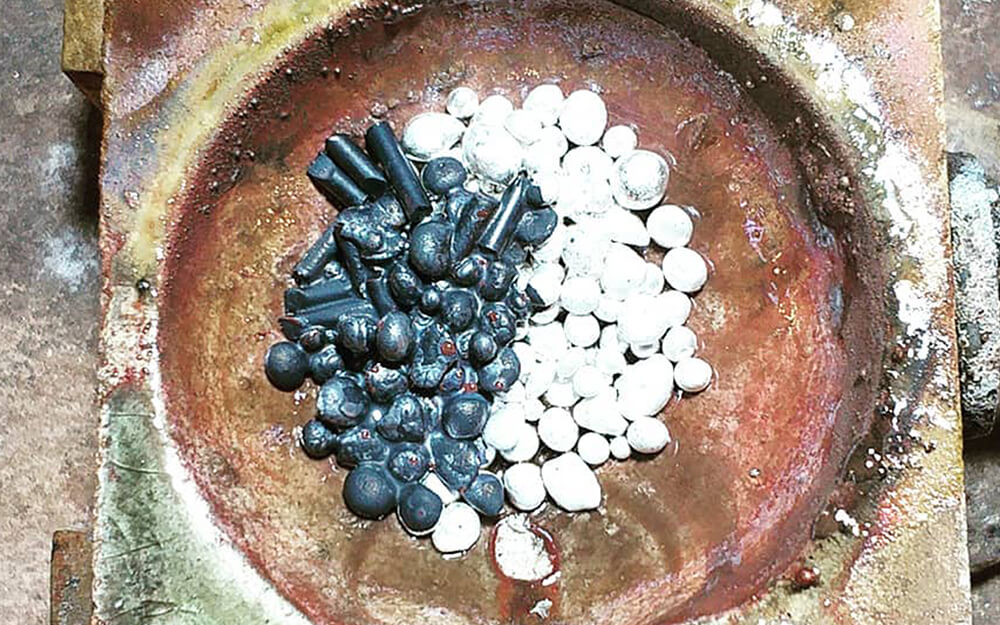
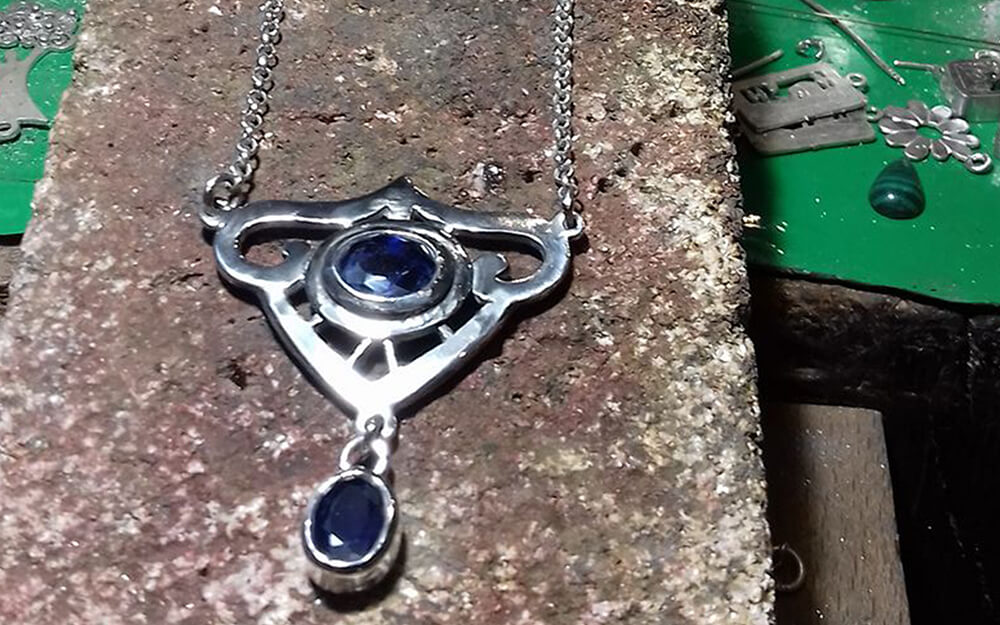
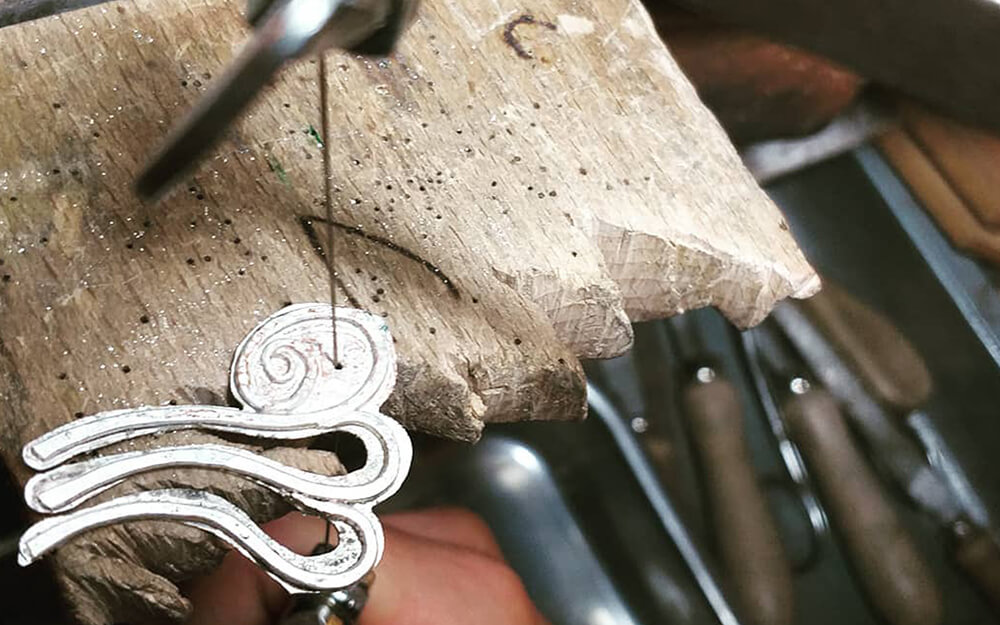
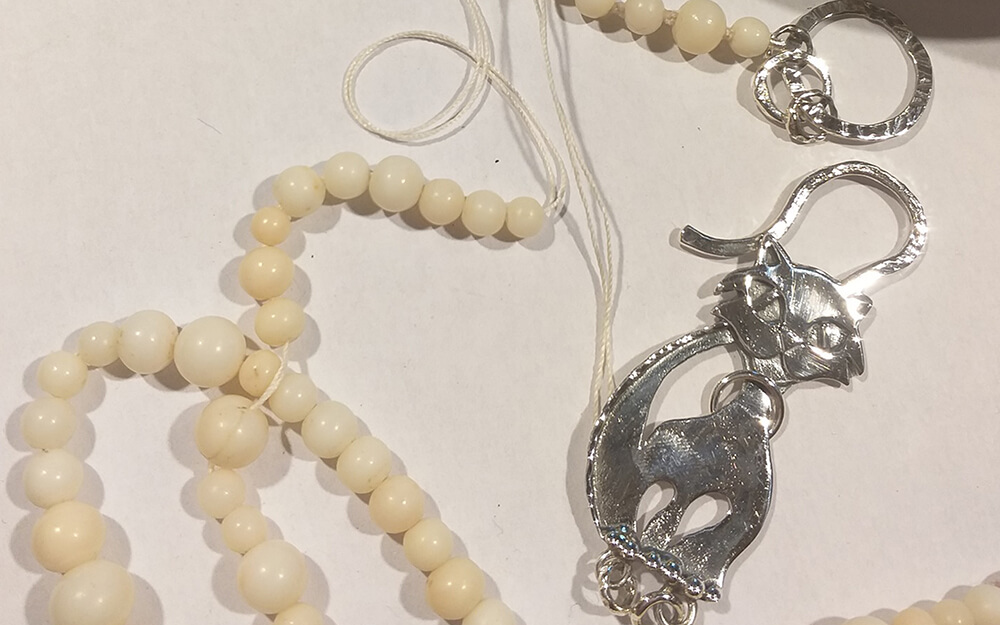
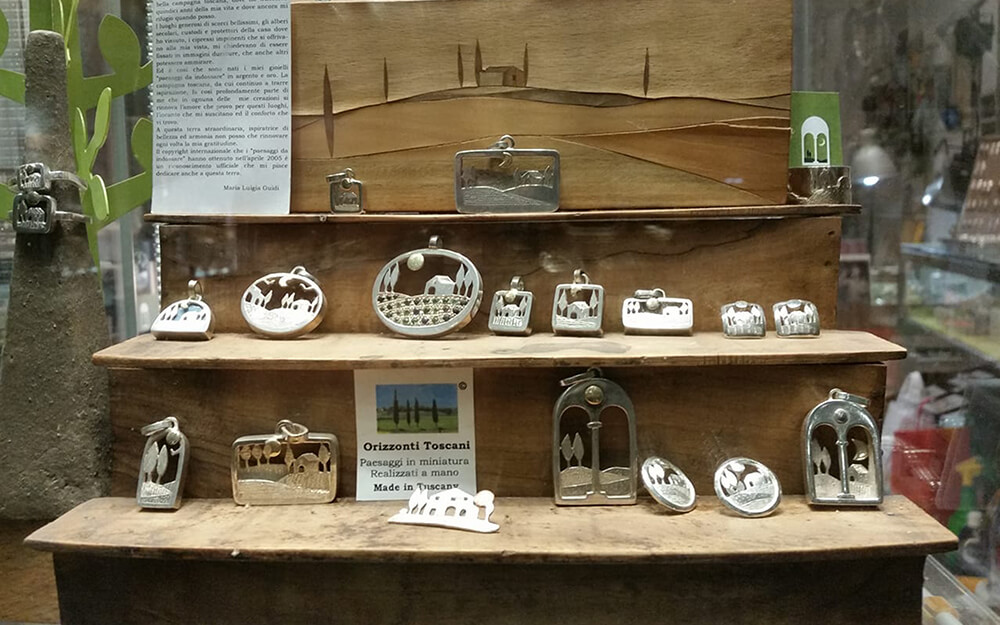

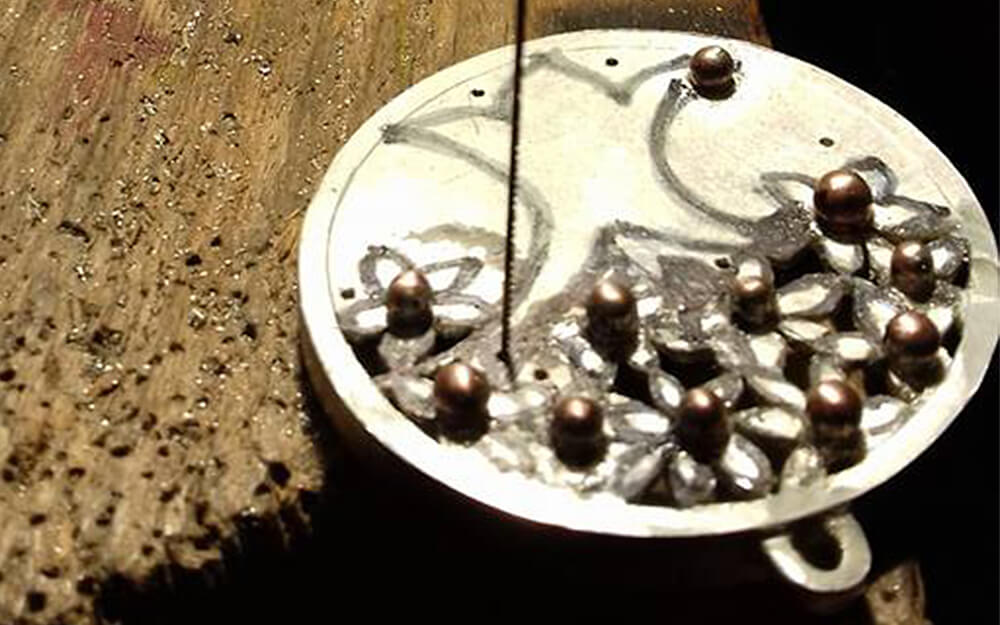
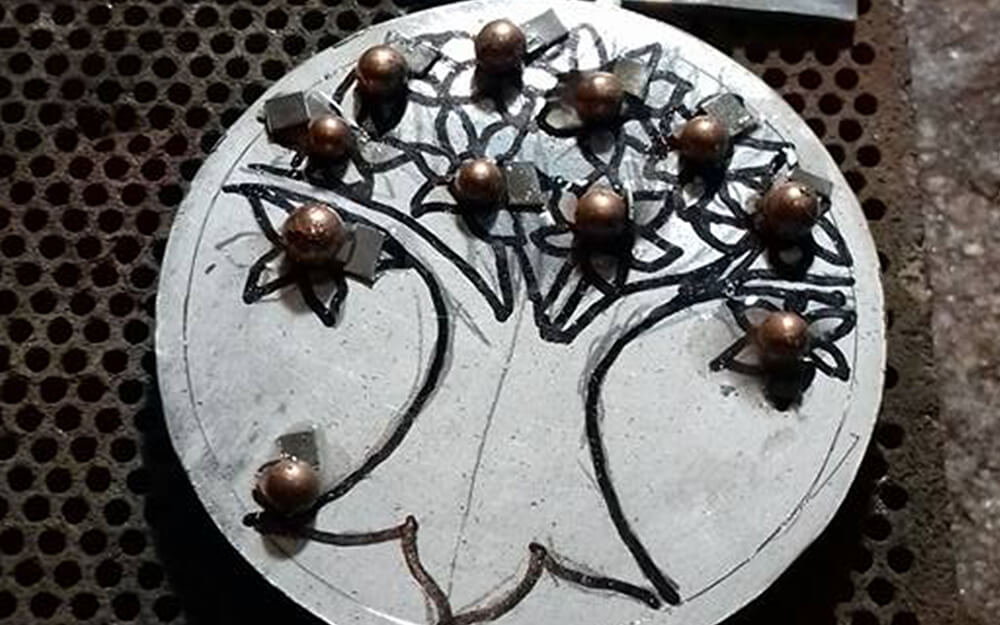
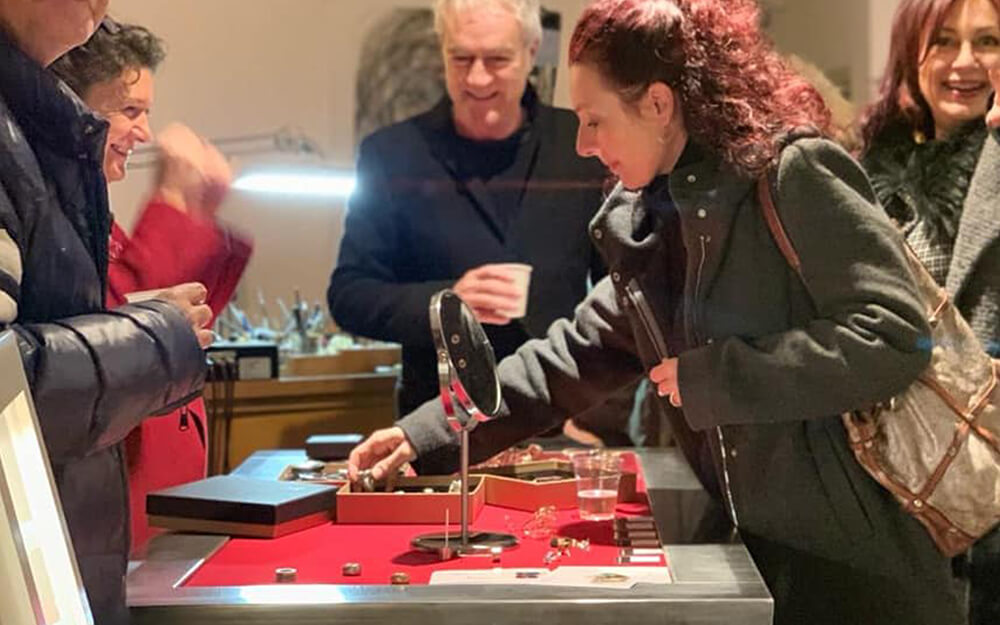
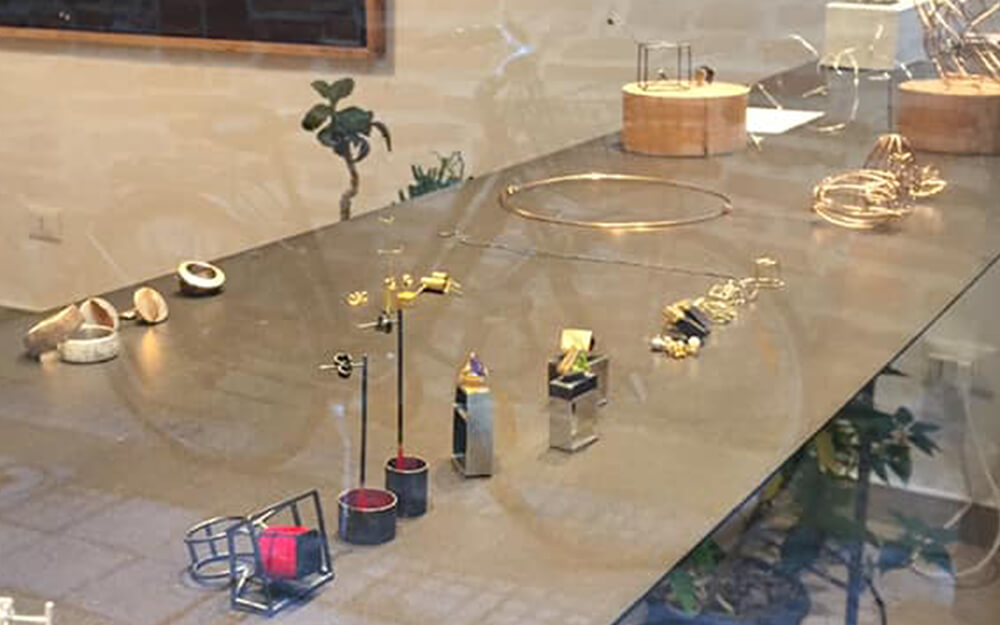
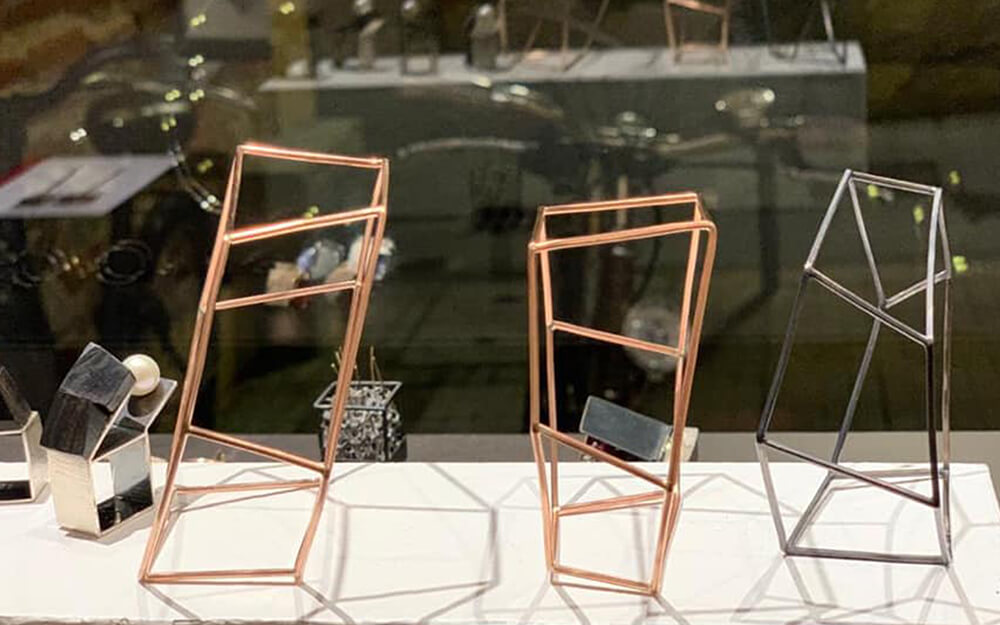
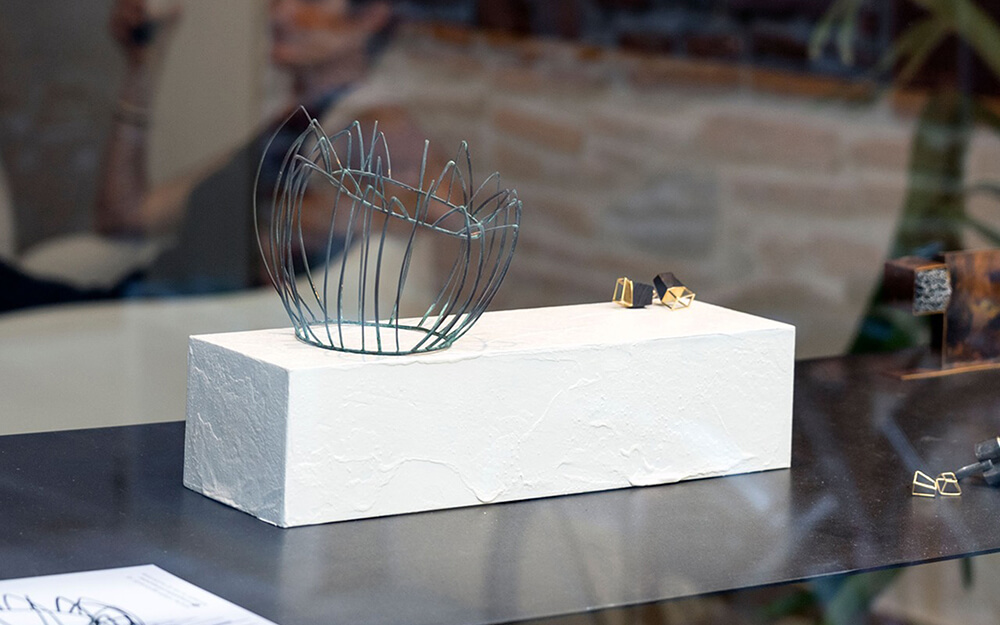
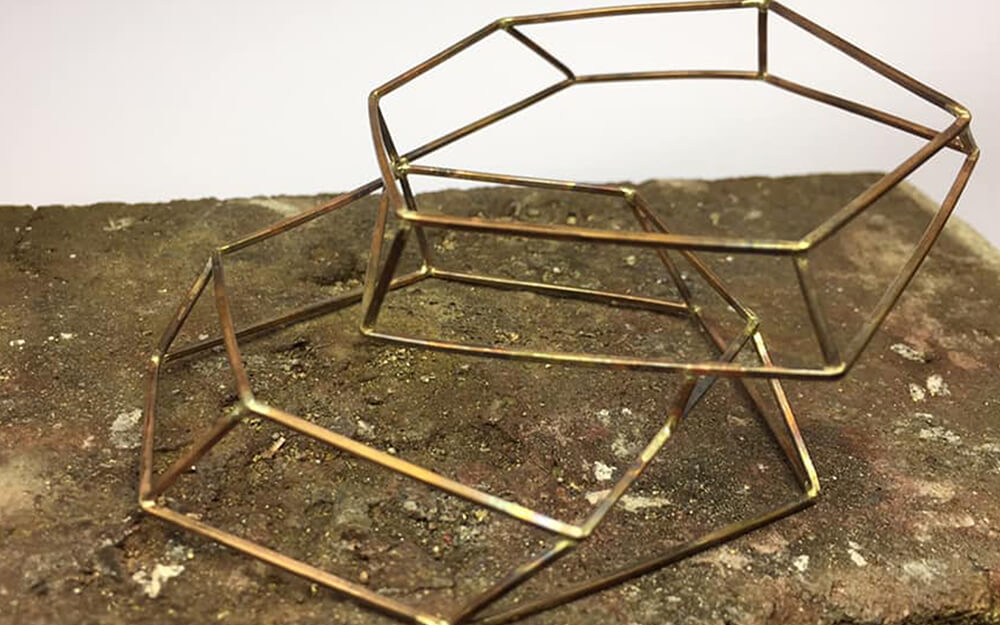
PISA GOLDSMITHS TOUR: ART, TOOLS & TECNIQUES
Golsmith’s art in Tuscany dates back to to the fascinating Etruscan people (VIII century BC) who knew the secrets and how to work metals: they created extrimely precious and unique jewelry by making use of the most sophisticated tecniques (repoussé, filigree and granulation).
While in Middle Ages artists were often collaborating with goldsmiths and especially ‘battiloro’ to create their works of art, in Renaissance time it is attested that great personalities like Brunelleschi, Ghiberti, Donatello, Luca della Robbia and Benvenuto Cellini started their apprenticeship as artisans at a goldsmith’s workshop.
Today there are a few master artisans in Pisa, who keep on with this very ancient craft.
Your local guide Martina will lead you through the historic centre and make medieval and renaissance Pisa come alive: you will see the places, feel the atmosphere, learn about the goldsmiths and their patrons.
Then, you will meet native and passionate master artisans and Martina’s friends, who will host you in their cosy workshop and show you some tecniques, besides their authentic and one of a kind handmade jewelry.
It will be truly authentic local experience!
